Home>Furniture & Design>Living Room Furniture>How To Fix A Recliner Couch
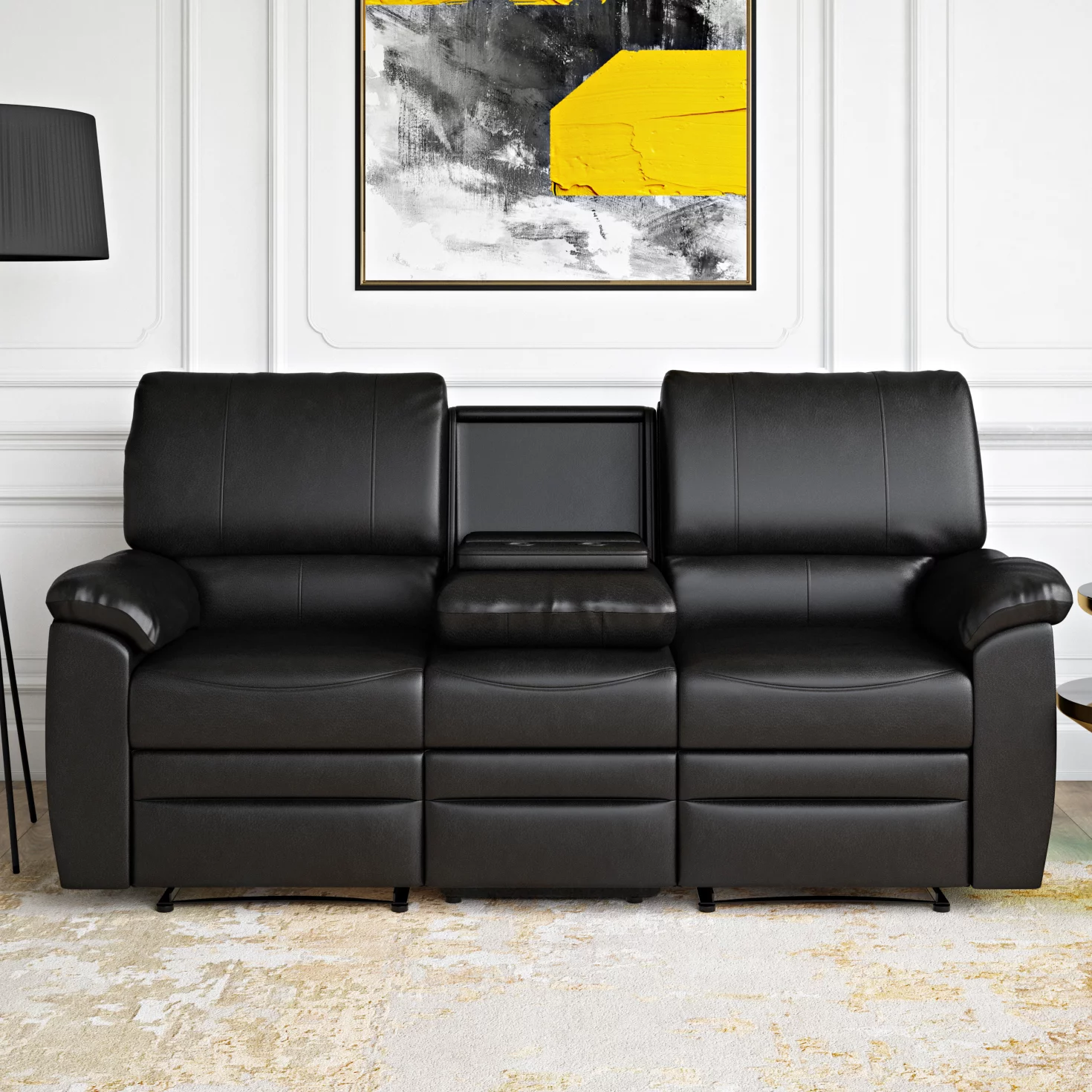

Living Room Furniture
How To Fix A Recliner Couch
Modified: January 9, 2024
Learn how to fix a recliner couch and restore comfort to your living room furniture. Get expert tips on repairing and maintaining your favorite living room furniture and design.
(Many of the links in this article redirect to a specific reviewed product. Your purchase of these products through affiliate links helps to generate commission for Storables.com, at no extra cost. Learn more)
Introduction
A recliner couch is a beloved piece of furniture that offers unparalleled comfort and relaxation. Whether it's the go-to spot for movie nights or the perfect place to unwind after a long day, a malfunctioning recliner can quickly put a damper on your leisure time. Fear not, as many common issues with recliner couches can be resolved with a bit of DIY know-how and a handful of tools. In this comprehensive guide, we'll walk you through the step-by-step process of fixing a recliner couch, empowering you to restore your favorite seating to its former glory.
From identifying the problem to inspecting the mechanism and making necessary repairs, we'll cover it all. You'll learn how to tighten loose screws, lubricate moving parts, and replace broken components, ensuring that your recliner couch operates smoothly and efficiently. By the end of this guide, you'll have the knowledge and confidence to tackle common recliner issues head-on, saving both time and money on professional repairs.
So, grab your toolkit and let's dive into the world of recliner couch maintenance. With a little effort and the right techniques, you'll soon be enjoying the comfort of your fully functional recliner couch once again.
Key Takeaways:
- Fixing a recliner couch is achievable with the right tools and DIY knowledge. From tightening screws to replacing broken parts, you can restore comfort and functionality to your favorite seating spot.
- Regular maintenance and care are essential for preserving your recliner’s comfort and longevity. By identifying and addressing issues early on, you can enjoy a fully functional and reliable seating solution for years to come.
Read more: How To Build Couch With Recliner
Tools and Materials
Before embarking on your recliner couch repair journey, it’s essential to gather the necessary tools and materials. Here’s a list of items you’ll likely need:
- Phillips head screwdriver
- Flat head screwdriver
- Adjustable wrench
- Needle-nose pliers
- Lubricating oil or spray
- Replacement parts (if applicable)
- Clean cloth
- Allen wrench set
- Protective gloves
- Scissors
These tools and materials will enable you to address a wide range of issues commonly encountered with recliner couches. Whether it’s tightening loose screws, lubricating moving parts, or replacing broken components, having the right equipment at your disposal is crucial for a successful repair process.
Additionally, it’s a good idea to work in a well-lit and spacious area, allowing for easy access to the recliner and providing ample room to maneuver during the repair. By preparing your workspace and gathering the necessary tools and materials, you’ll set yourself up for a smooth and efficient recliner couch repair experience.
Step 1: Identify the Problem
Before diving into the repair process, it’s important to pinpoint the specific issue affecting your recliner couch. Common problems may include unresponsive or uneven reclining, strange noises during operation, or visible damage to the frame or mechanism. Take a moment to thoroughly inspect the recliner and observe its behavior to narrow down the root cause of the issue.
Start by testing the reclining function to determine if it’s functioning as intended. If the recliner doesn’t respond to the lever or button, there may be an issue with the internal mechanism or the power source, in the case of electric recliners. Alternatively, if the recliner reclines unevenly or struggles to return to an upright position, there could be an imbalance in the mechanism or a problem with the springs and hinges.
Listen for any unusual sounds, such as grinding, squeaking, or clicking, as these can provide valuable clues about the nature of the problem. Inspect the upholstery, frame, and footrest for any visible signs of wear, tear, or damage. By carefully assessing the recliner’s behavior and condition, you’ll be better equipped to proceed to the next steps and address the specific issue effectively.
By taking the time to identify the problem accurately, you’ll lay the groundwork for a targeted and efficient repair process, ultimately leading to a fully functional and comfortable recliner couch.
Step 2: Inspect the Mechanism
Once you’ve identified the specific issue affecting your recliner couch, it’s time to delve deeper into the inner workings of the mechanism. Begin by carefully examining the recliner’s frame, hinges, springs, and any motorized components, if applicable. Look for signs of wear, damage, or misalignment that may be contributing to the problem.
If your recliner operates using a lever or handle, inspect the connection between the control mechanism and the reclining mechanism. Loose or damaged connections can impede the reclining function and may require adjustment or replacement. For electric recliners, check the power supply, cables, and control unit for any visible issues or malfunctions.
Next, focus on the moving parts of the recliner, such as the hinges and springs. Ensure that they are properly aligned and securely attached to the frame. Lubricate any pivot points or joints to facilitate smooth movement and reduce friction, which can contribute to operational issues and discomfort.
For motorized recliners, carefully examine the motor, gears, and associated components for signs of wear, debris accumulation, or mechanical issues. In some cases, a thorough cleaning and lubrication of the motorized parts can restore smooth and reliable operation.
By conducting a comprehensive inspection of the recliner’s mechanism, you’ll gain valuable insights into the root cause of the problem and be better prepared to address it effectively in the subsequent repair steps. Understanding the intricacies of the mechanism will empower you to make informed decisions and implement targeted solutions, bringing your recliner couch one step closer to optimal functionality.
Step 3: Tighten Loose Screws
Loose screws are a common culprit behind many recliner issues, causing instability, creaking noises, and compromised functionality. To address this common problem, start by inspecting the entire recliner for loose screws, focusing on areas such as the frame, armrests, and the reclining mechanism.
Using a screwdriver appropriate for the type of screws present, carefully tighten any loose screws you encounter. Pay close attention to the attachment points of the frame and the reclining mechanism, as well as the joints connecting the various components of the recliner. Additionally, check the armrests and footrest for any loose screws that may be contributing to instability or discomfort.
When tightening screws, be mindful not to overtighten, as this can strip the threads or damage the surrounding material. Instead, apply firm but controlled pressure to secure the screws snugly in place. If you encounter stripped screws or damaged screw holes, consider using slightly larger screws or employing wood glue and toothpicks to create a new anchor for the screws.
By addressing loose screws, you’ll enhance the structural integrity of the recliner, reduce unnecessary movement and noise, and contribute to a more stable and comfortable seating experience. This simple yet effective step can significantly improve the overall functionality and longevity of your recliner couch, setting the stage for a more enjoyable and reliable seating solution.
Check the recliner’s frame for any loose or broken parts. Tighten screws and bolts, and replace any damaged components. Lubricate moving parts with a silicone-based lubricant for smooth operation.
Read more: How To Build A Couch With A Recliner
Step 4: Lubricate Moving Parts
Proper lubrication is essential for maintaining the smooth and effortless operation of a recliner couch. Over time, friction and wear can cause the moving parts of the mechanism to become stiff, noisy, or prone to malfunction. By applying the appropriate lubricant to key components, you can restore optimal functionality and prolong the lifespan of your recliner.
Start by identifying the pivot points, hinges, and joints within the recliner mechanism. These areas are prone to friction and benefit from regular lubrication. Using a suitable lubricating oil or spray, apply a small amount to each pivot point and joint, ensuring even coverage and penetration into the moving parts. For motorized recliners, consult the manufacturer’s guidelines to determine the recommended lubrication points and the type of lubricant to use.
When applying the lubricant, be mindful of excess drips or spills, as these can soil the upholstery and create a mess. Wipe away any excess lubricant with a clean cloth to maintain the appearance of the recliner. Additionally, exercise caution to avoid getting lubricant on electrical components or sensitive areas of motorized recliners.
After lubricating the moving parts, test the recliner’s operation to assess the impact of the lubrication. You should notice smoother and quieter movement, reduced resistance, and improved overall functionality. Regular maintenance of the lubricated components will help prevent premature wear and ensure that your recliner continues to provide reliable comfort for years to come.
By taking the time to lubricate the moving parts of your recliner couch, you’ll contribute to its long-term performance and enjoy the immediate benefits of enhanced comfort and ease of use. This simple maintenance task can make a significant difference in the overall satisfaction and functionality of your favorite seating spot.
Step 5: Replace Broken Parts
When a recliner couch exhibits persistent issues or malfunctions that cannot be resolved through simple adjustments or maintenance, it may be necessary to replace broken or damaged parts. Common components that may require replacement include springs, cables, handles, and upholstery. By identifying and addressing these faulty parts, you can restore the full functionality and comfort of your recliner.
Begin by conducting a thorough assessment of the recliner’s components, paying close attention to areas that show signs of wear, damage, or malfunction. Inspect the springs and cables responsible for the reclining mechanism, as well as the handles and levers that control the movement. If any of these parts are visibly damaged, frayed, or broken, it’s advisable to source suitable replacements to ensure proper operation.
For upholstery-related issues, such as tears, rips, or excessive wear, consider replacing the affected fabric or padding to restore the recliner’s appearance and comfort. Many manufacturers offer replacement upholstery kits designed to seamlessly integrate with specific recliner models, providing a convenient solution for refreshing the seating surface.
When sourcing replacement parts, consult the recliner’s manual or contact the manufacturer to obtain the correct specifications and compatible components. This ensures that the replacements align with the recliner’s design and function, promoting a seamless and effective repair process.
Once you’ve obtained the necessary replacement parts, carefully follow the manufacturer’s instructions or seek guidance from reputable sources to install the new components. Take your time to ensure proper alignment, secure attachment, and smooth operation of the replaced parts, verifying that they integrate seamlessly with the recliner’s existing mechanism.
By proactively identifying and replacing broken parts, you’ll address the underlying issues affecting your recliner couch, ultimately restoring its functionality and comfort. This proactive approach to maintenance and repair ensures that your recliner remains a reliable and enjoyable piece of furniture for years to come.
Step 6: Test the Recliner Couch
After completing the necessary repairs and maintenance tasks, it’s crucial to thoroughly test the recliner couch to ensure that the issues have been effectively addressed and that it operates as intended. Testing the recliner allows you to verify the success of your repair efforts and make any final adjustments to optimize its performance.
Begin by testing the reclining function, ensuring that it moves smoothly and evenly without any resistance or unusual noises. If the recliner features multiple positions, such as partial recline and full recline, test each setting to confirm that the mechanism functions as intended at every level. Pay attention to the footrest’s extension and retraction, ensuring that it operates seamlessly and aligns properly with the reclining motion.
For motorized recliners, test the electrical components to verify that the power source, control unit, and motor operate reliably and respond to input commands. Confirm that the recliner’s electrical functions, such as the reclining motion and any additional features, are fully operational and free from glitches or malfunctions.
Once the reclining function has been assessed, evaluate the stability and balance of the recliner. Sit in the recliner and test its overall comfort, ensuring that it provides adequate support and remains stable in both the upright and reclined positions. Check for any remaining signs of instability, creaking, or discomfort that may indicate unresolved issues requiring further attention.
Throughout the testing process, pay close attention to any areas that were the focus of your repair efforts, such as tightened screws, lubricated components, or replaced parts. Verify that these specific elements contribute to the recliner’s improved functionality and comfort, addressing the initial issues effectively.
By conducting a comprehensive and meticulous testing process, you’ll gain confidence in the success of your recliner couch repair and maintenance endeavors. Your diligence in testing the recliner ensures that it not only looks great but also provides the comfort and functionality you expect from this essential piece of furniture.
Conclusion
Repairing a recliner couch can be a rewarding and empowering experience, allowing you to restore a beloved piece of furniture to its optimal condition with a bit of DIY know-how and the right tools. By following the steps outlined in this guide, you’ve gained valuable insights into the process of identifying, addressing, and resolving common issues that may affect recliner couches.
From tightening loose screws to lubricating moving parts and replacing broken components, you’ve learned how to approach recliner maintenance and repair with confidence and precision. By taking a proactive stance and investing time and effort into the care of your recliner, you’ve ensured that it remains a reliable and comfortable seating solution for years to come.
Remember, regular maintenance and attentive care are key to preserving the functionality and comfort of your recliner. By incorporating these repair and maintenance practices into your routine, you can extend the lifespan of your recliner and continue to enjoy its benefits for the long term.
As you put the final touches on your recliner repair project, take a moment to appreciate the transformation you’ve achieved. Your efforts have not only revitalized the recliner couch but also deepened your understanding of its inner workings, empowering you to tackle future maintenance tasks with confidence.
With your recliner now restored to its former glory, it’s time to sit back, relax, and bask in the comfort of your fully functional and meticulously maintained seating oasis. Whether it’s for movie nights, leisurely reading sessions, or well-deserved relaxation, your recliner couch is ready to provide the comfort and support you deserve.
Here’s to many more years of comfort and relaxation with your newly rejuvenated recliner couch!
Frequently Asked Questions about How To Fix A Recliner Couch
Was this page helpful?
At Storables.com, we guarantee accurate and reliable information. Our content, validated by Expert Board Contributors, is crafted following stringent Editorial Policies. We're committed to providing you with well-researched, expert-backed insights for all your informational needs.
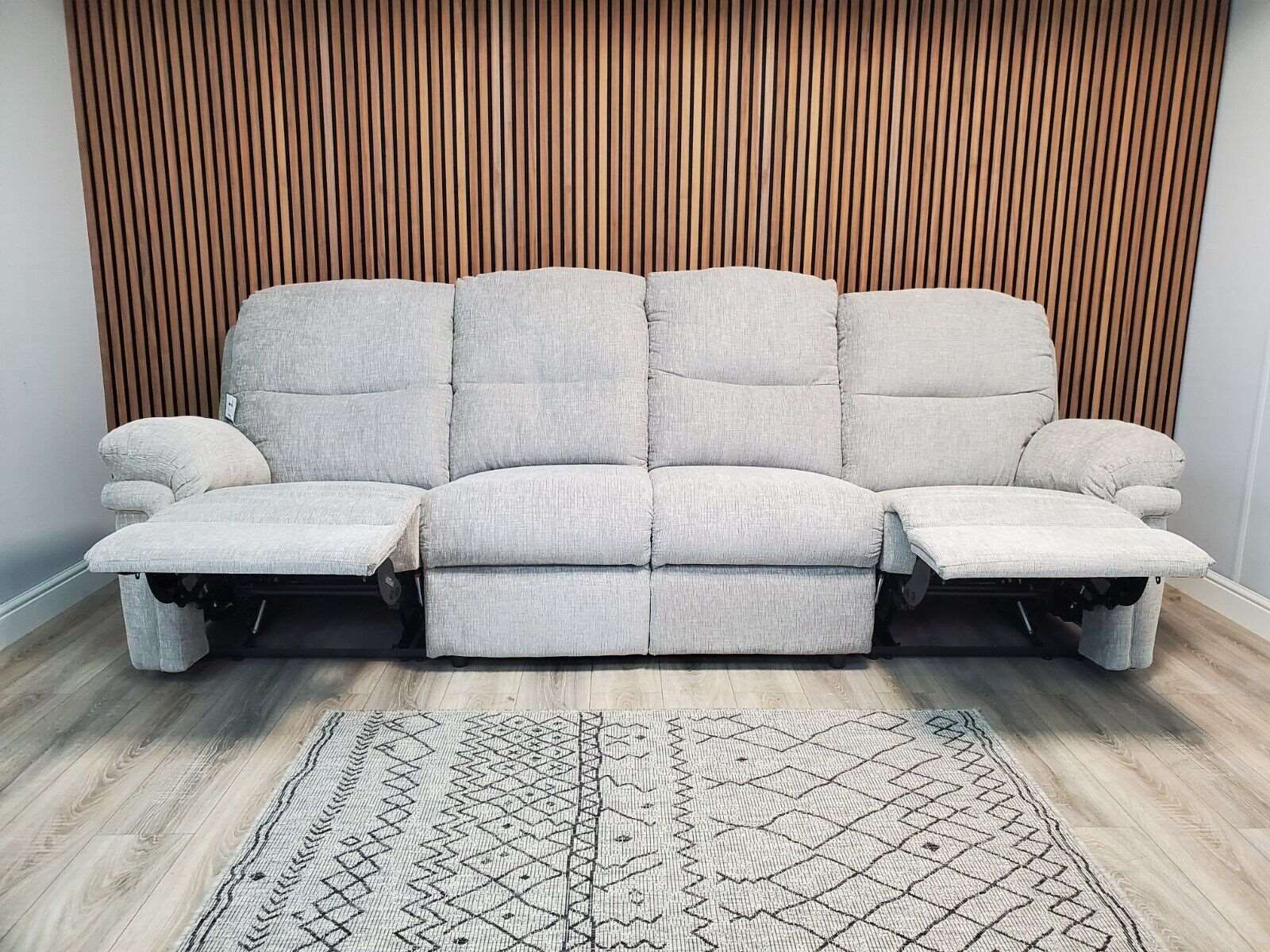

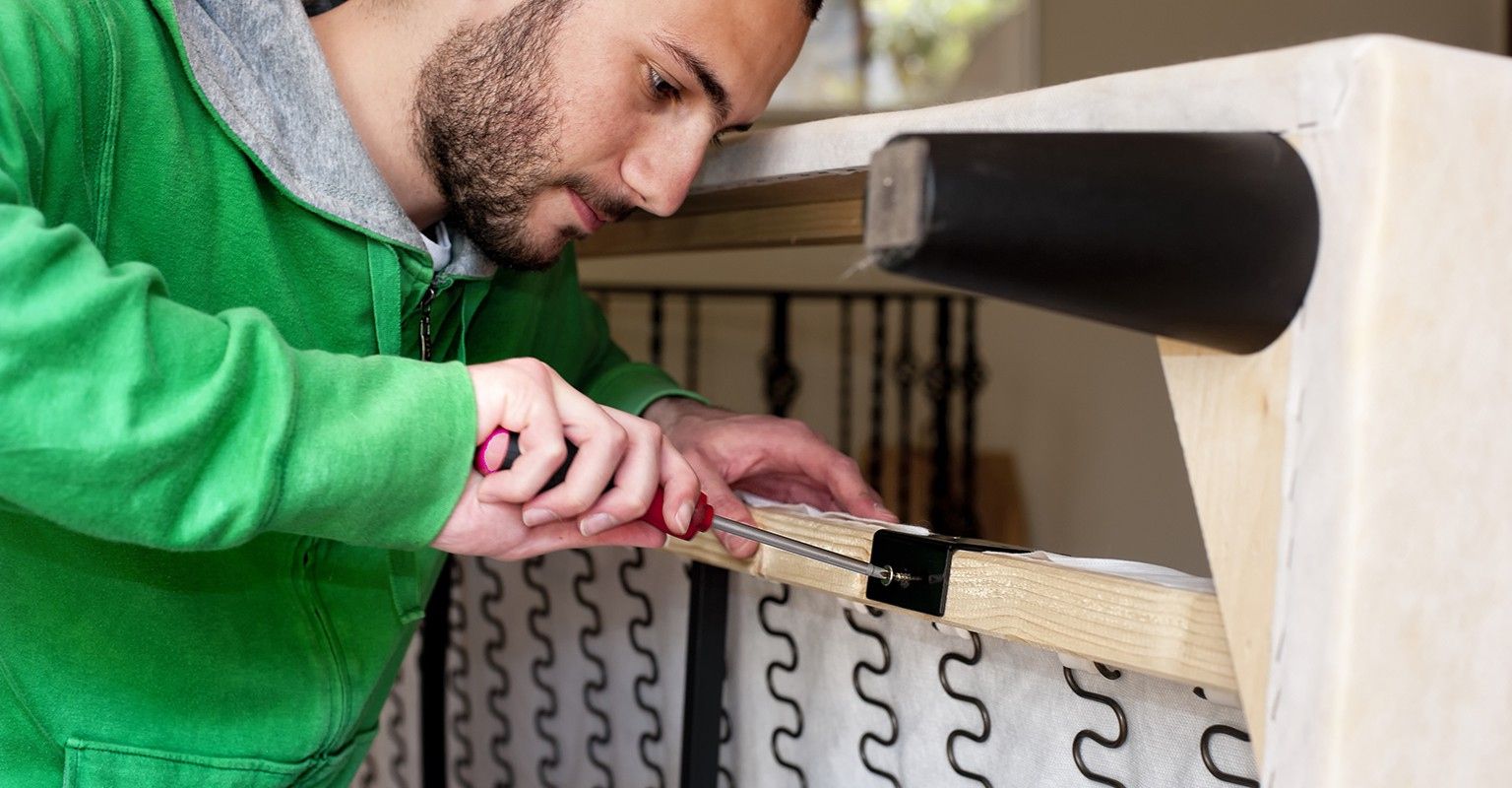
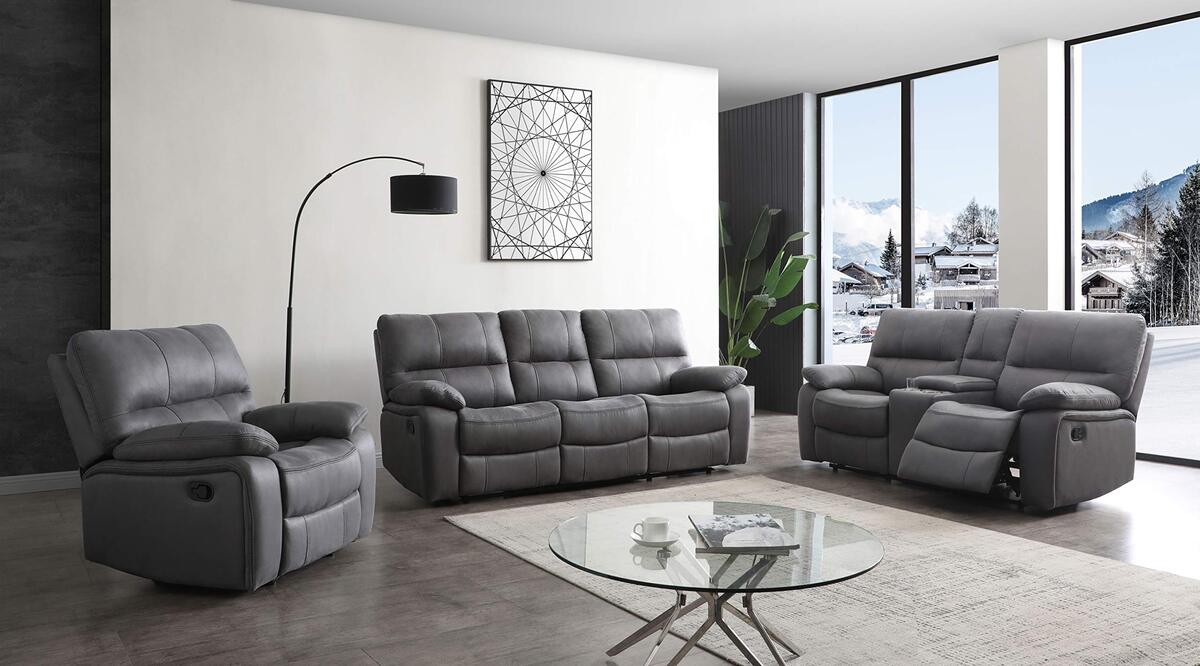
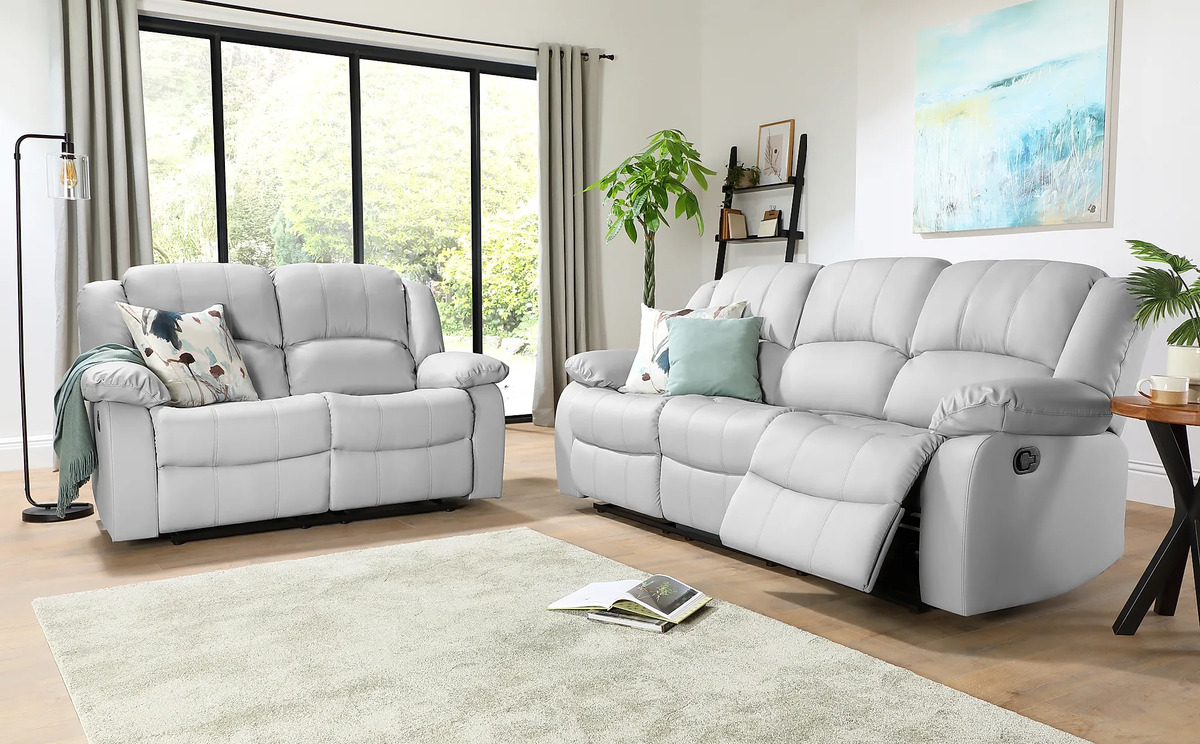
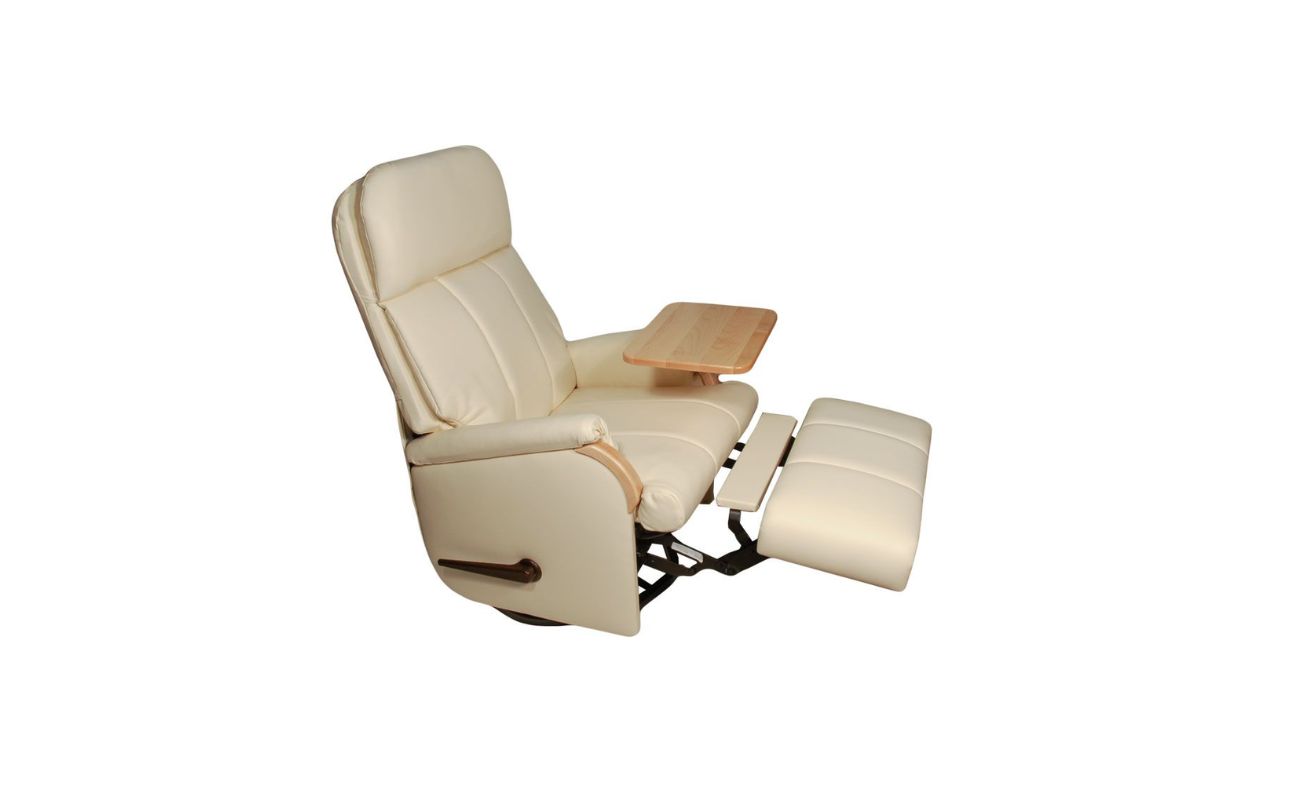
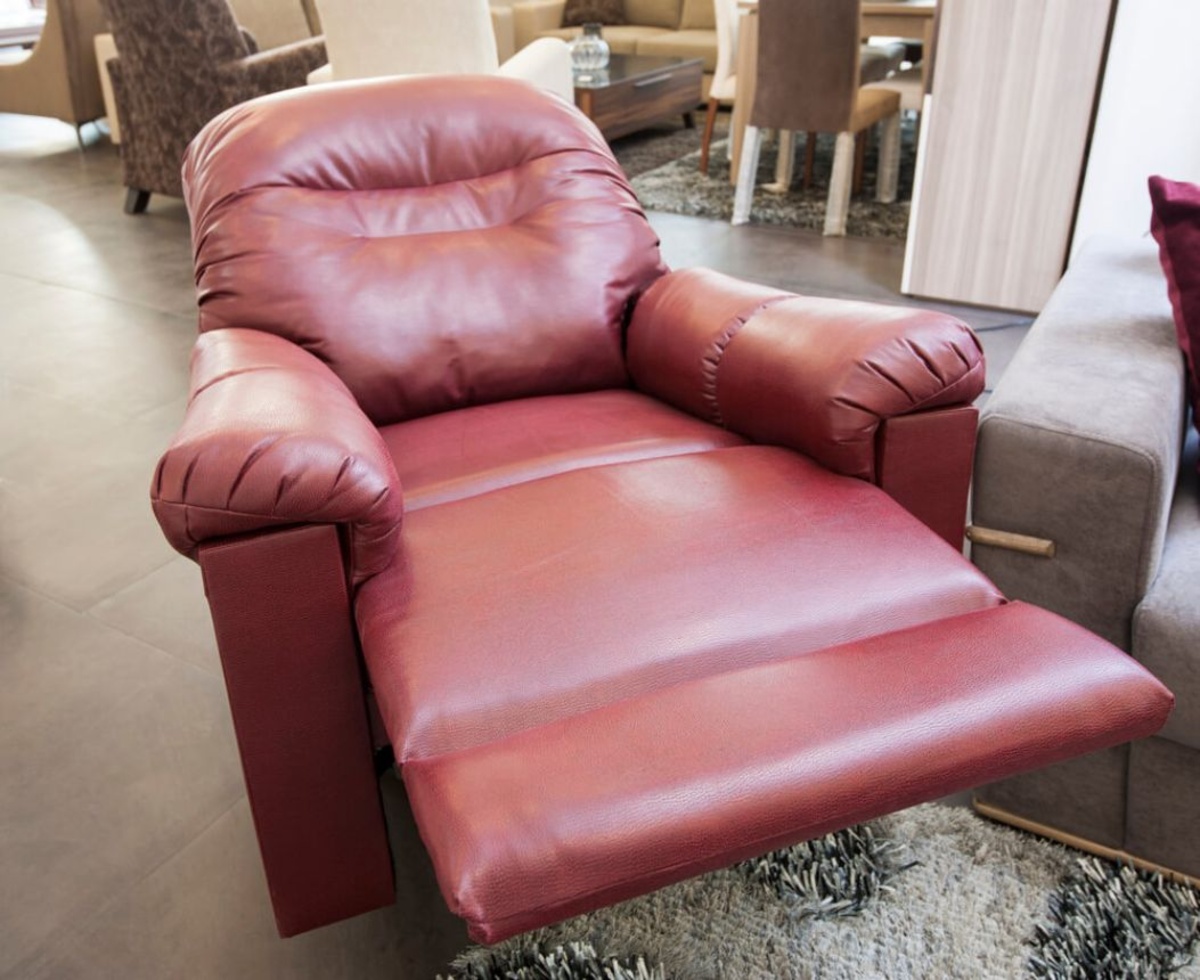
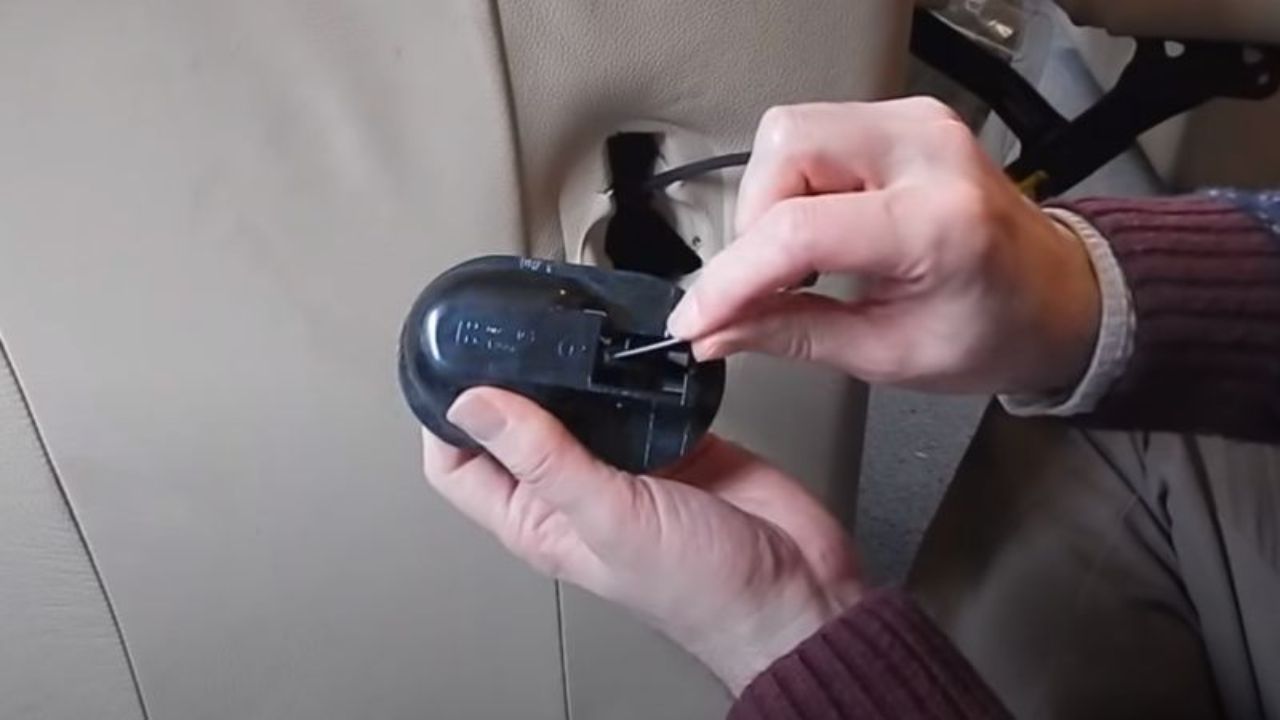
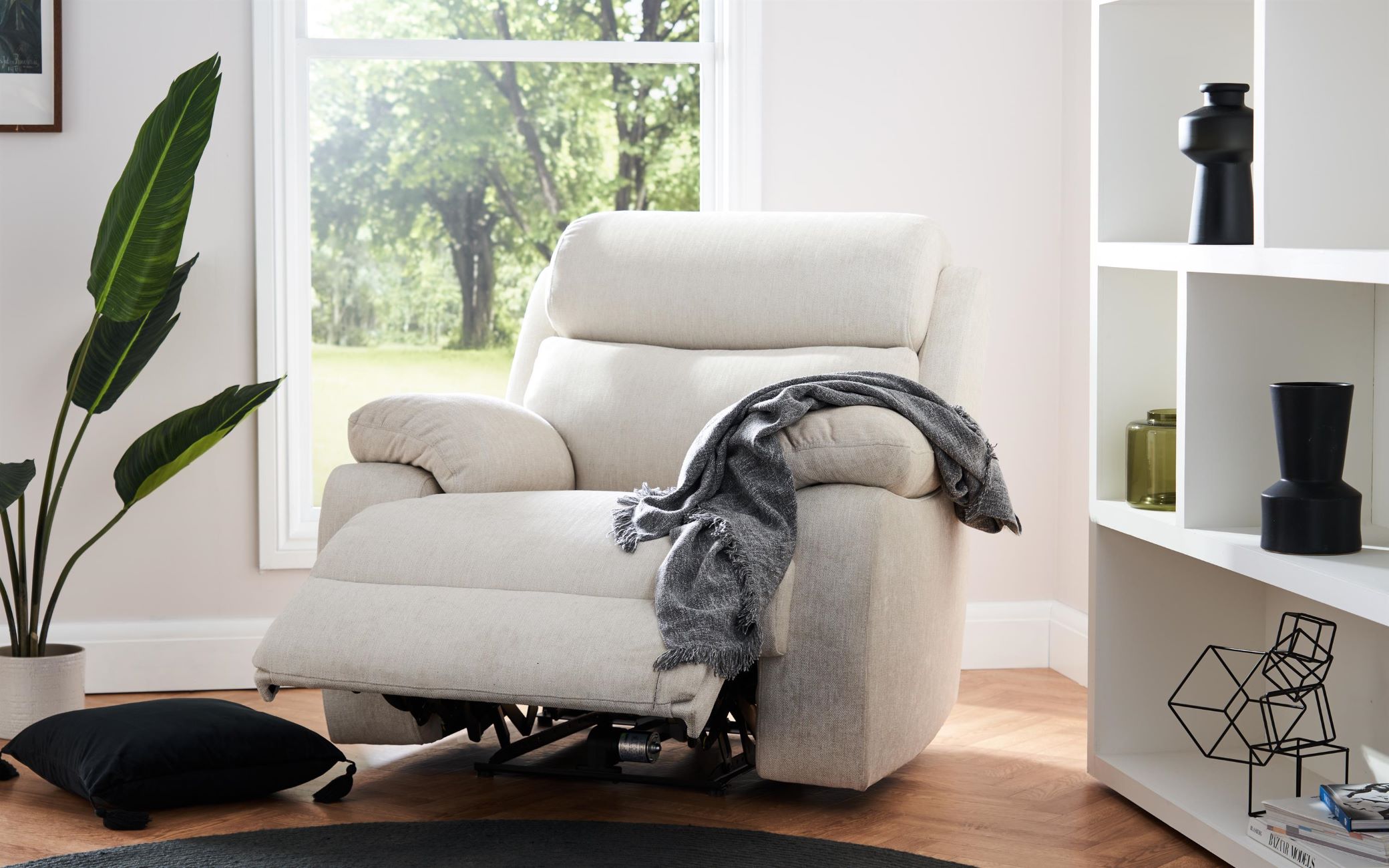
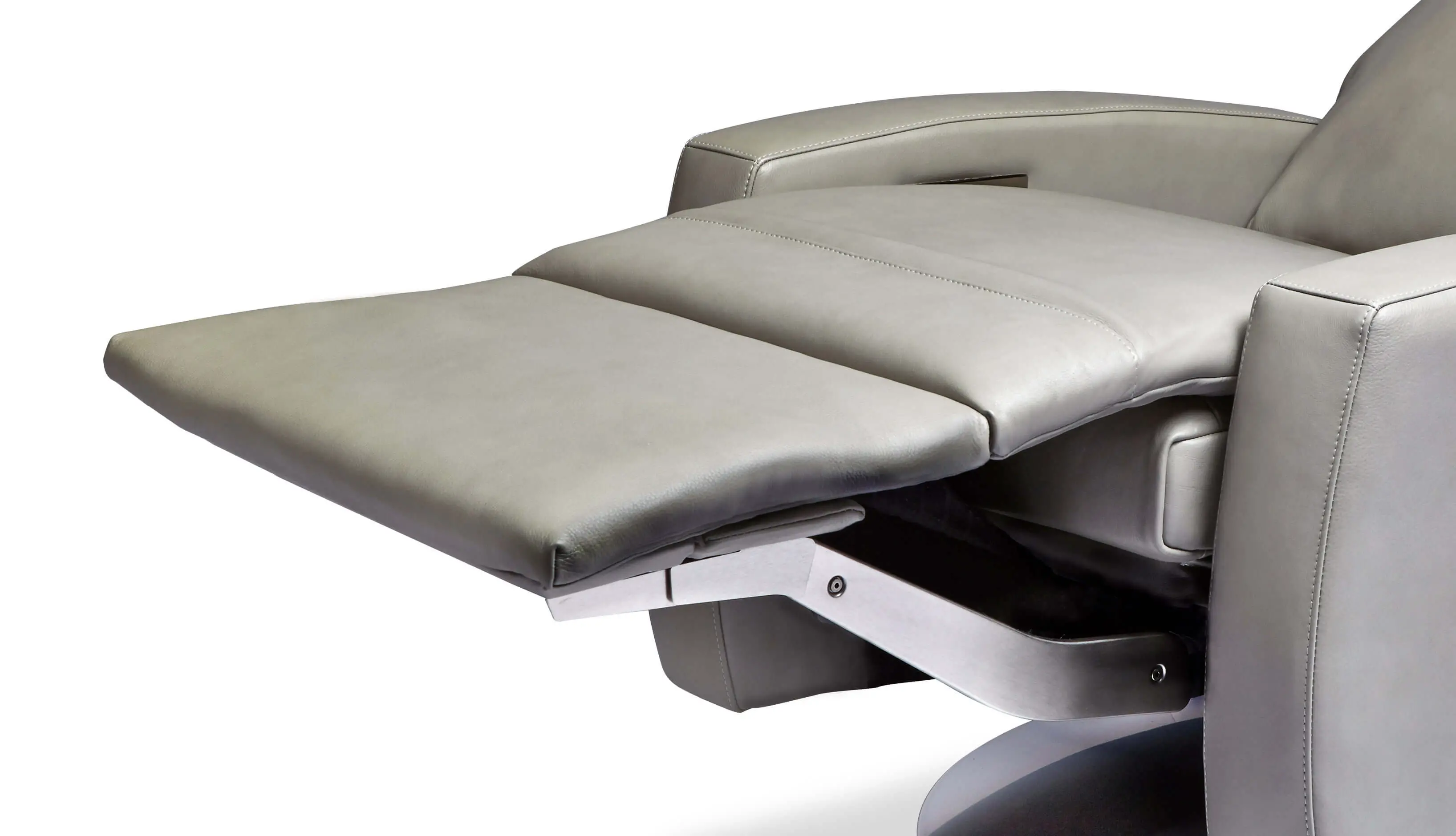
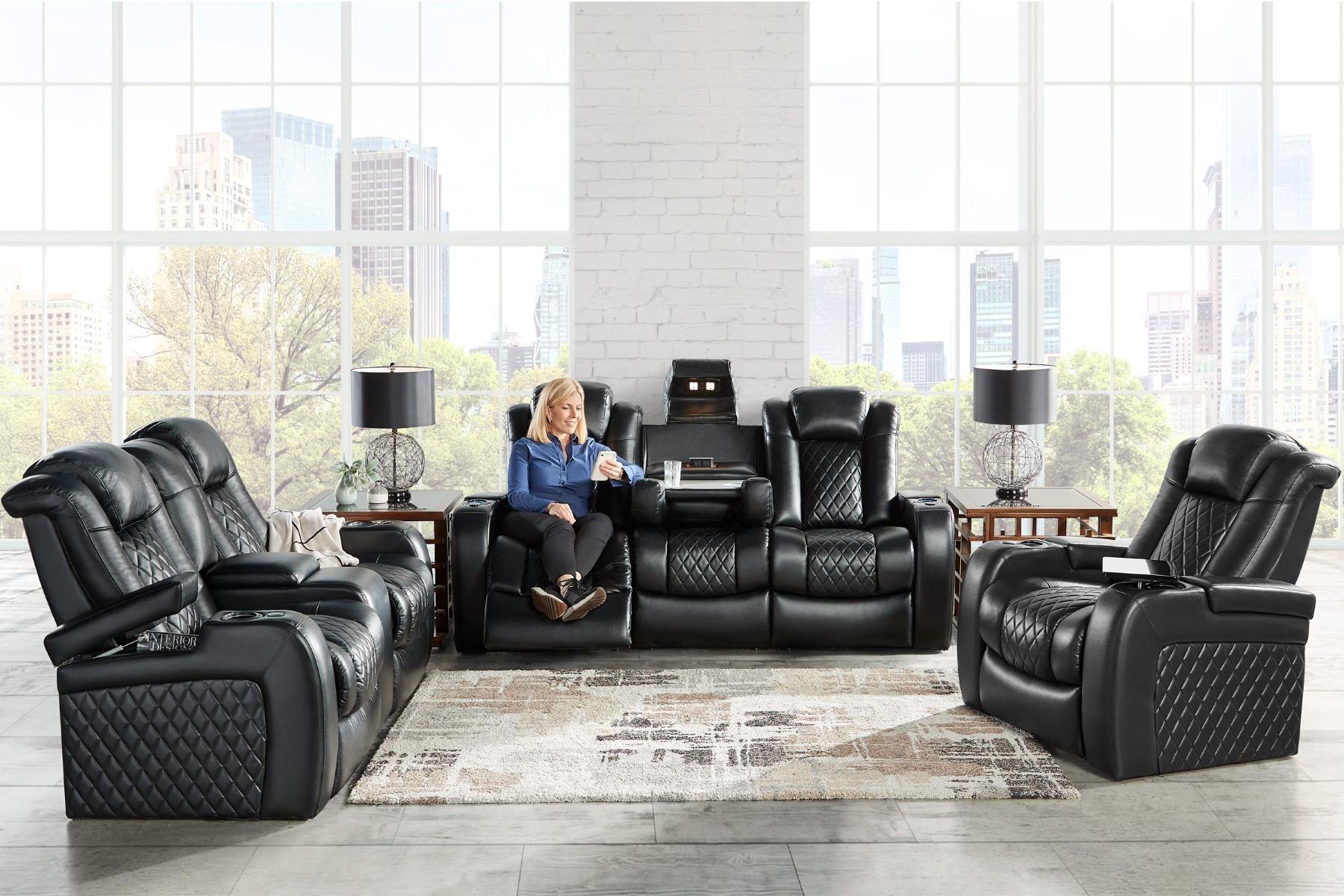
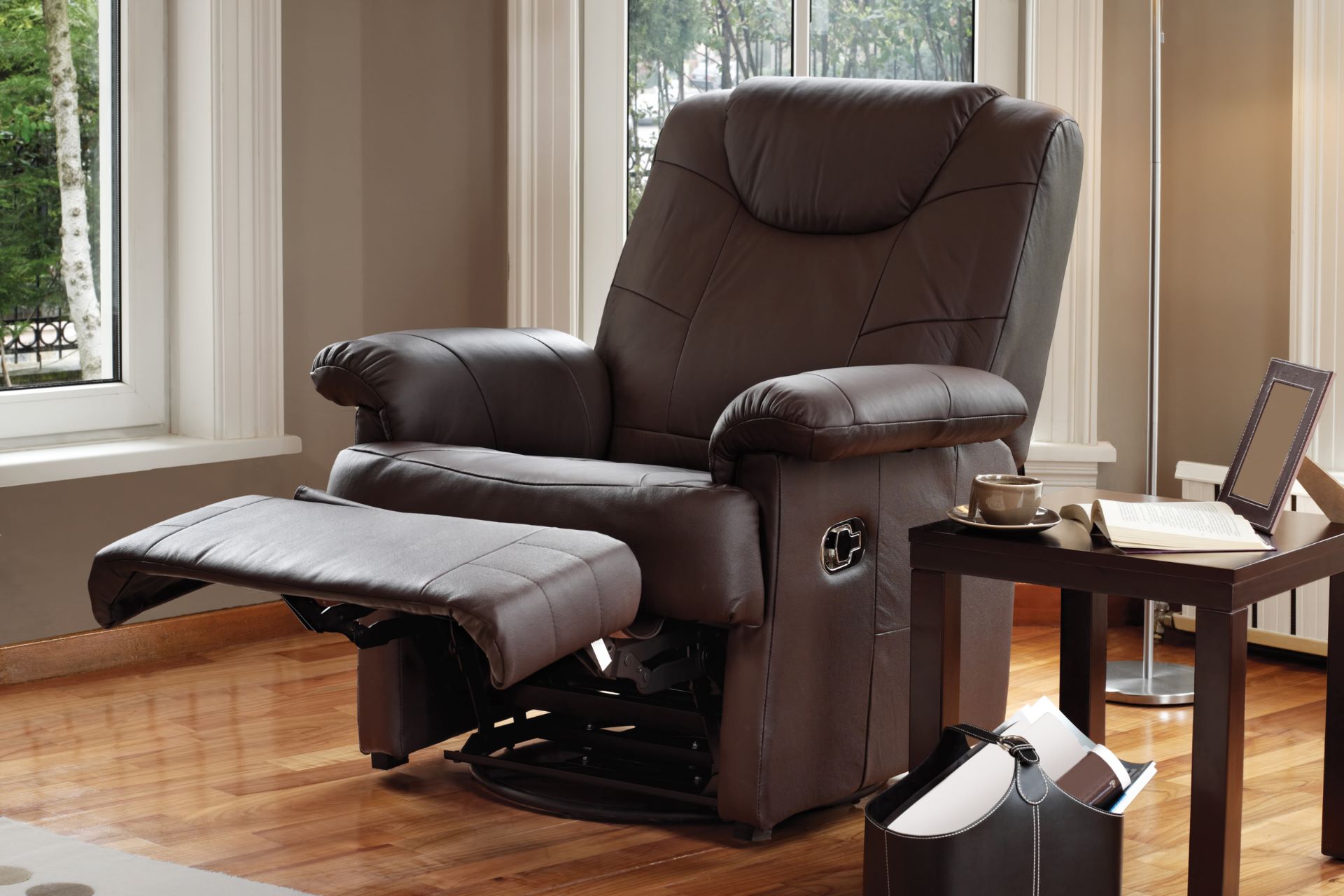
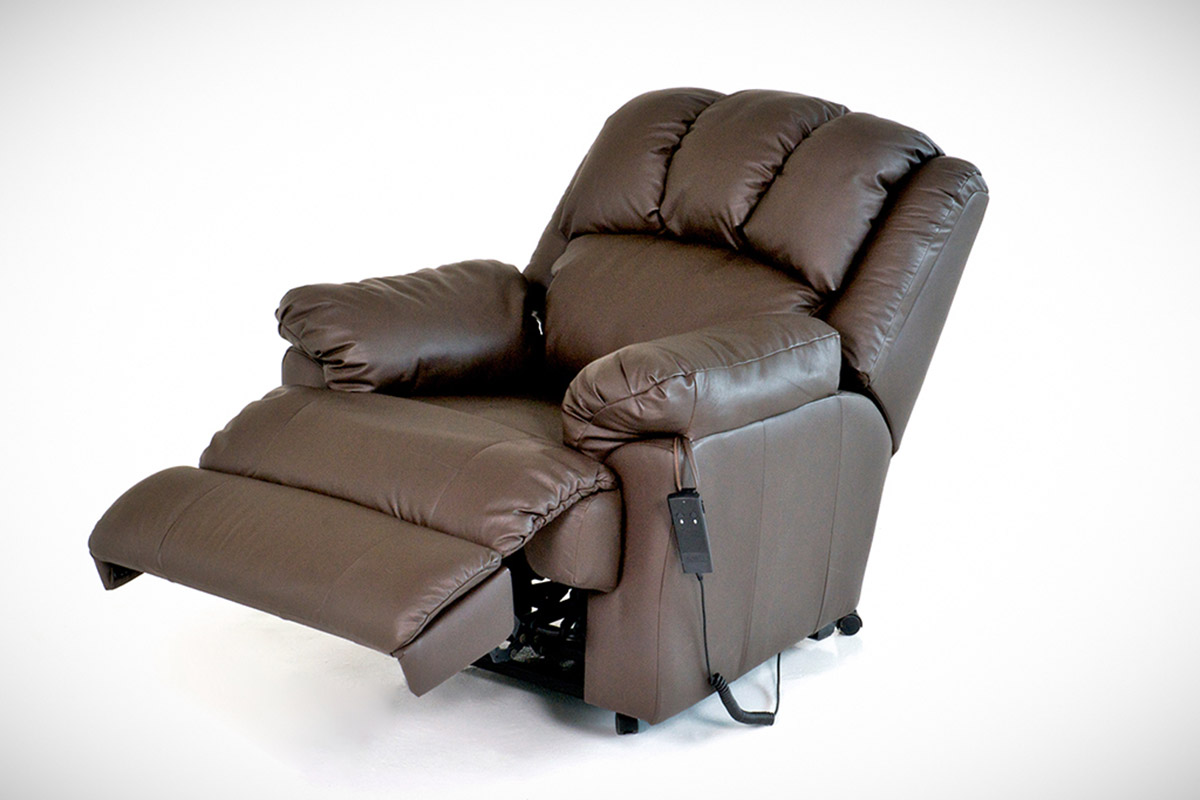
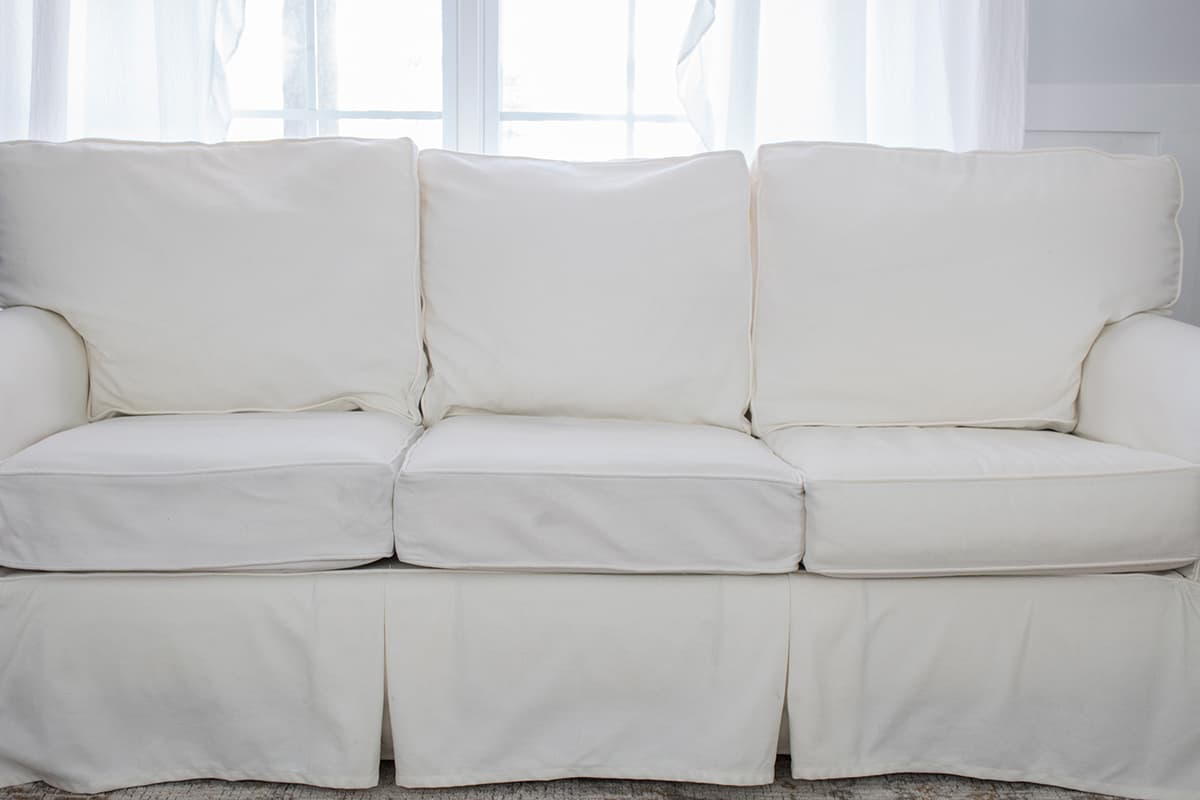

0 thoughts on “How To Fix A Recliner Couch”